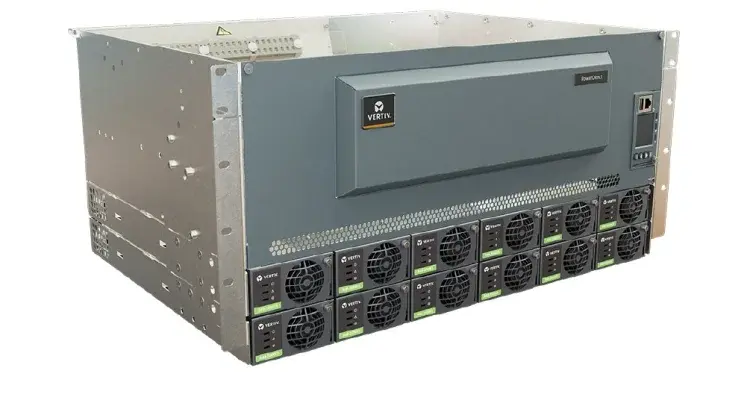The simplest definition of radio frequency identification (RFID) refers to technologies that use radio waves to automatically identify people or objects.p>The simplest definition of radio frequency identification (RFID) refers to technologies that use radio waves to automatically identify people or objects.
RFID tagging may sound simple, but the information on the chip, along with the chip’s cost, can vary considerably, depending on the user’s requirements, from something no more complex than a bar code to the ability to measure heat, age, position and other variables. And a suitably rugged chip could be used even in conditions of extreme heat, bad weather or chemical use.
The biggest RFID-linked projects so far involve ID cards or passes where the chip contains information about the user. These are often carried out for governments, in passports, say, or identity cards for 900mn people in China, or compulsory tagging of 40mn cattle in Australia to help with disease control. In the enterprise world, by contrast, companies often use RFID tags to manage the flow of their products through different supply chains, across ports, or in and out of warehouses, laboratories or offices. These products could be just about anything: photocopiers or medication, artworks or blood samples, truck transmissions or oil drill bits, construction equipment or even the building sections themselves.
One day, RFID might even oust bills of lading and paper manifests. Mike Meranda, Chief Executive Officer of TagStone, a company that delivers integrated wireless technology systems in nearly any type of business environment, explains, “A single RFID read event can create a single data point that contains information: it authenticates the item, it talks about its location, it talks about the time it was in that location, all in one single piece of data. It becomes an efficient way for companies to manage processes like payment, inventory control and the flow of goods to anywhere where they’re shipping them, but it also supports important back-end processes like payment processing and health and safety concerns.”
Management of staff is also possible. For example, using appropriately enabled tags you can identify everyone on an oil rig and their position in the event of an emergency requiring evacuation, or track your children when they wander off, or get to a hospital nurse quickly if she is being attacked.
And that barely begins to summarise the uses of RFID tagging. However, Meranda offers a definition that simplifies the role of RFID slightly. He says, “It helps you manage anything that’s in motion that you care about.”
Of course, in practice the outlay isn’t just a pile of chips: the back office expenditure can also take in readers, computer software and staff to operate it all. In fact, Dr Peter Harrop, chairman of IDTechEx, a company that offers analysis, strategic advice and market intelligence in a number of areas, including RFID, points out, tags are typically only ten per cent of the overall cost.
Cost issues
Nevertheless, he says, payback for all this can be remarkably quick: as little as a year. Tagstone’s statistics back this up, referring to improved promotional execution, quicker elimination of out-of-stocks, reduction of pallet build and general efficiency increases, among other advantages.
However, says Letticia Nkumbula of market research and analysis group Frost & Sullivan Africa, RFID is still at the development stage in Africa. Nkumbula, who worked on a Frost & Sullivan research service titled Potential for RFID Applications in African Markets, points out, “A number of issues have not been resolved, like awareness and understanding of what the product can do - as well as the cost. This is a cost-sensitive market.”
She agrees that cost is going down but African customers still look at alternatives - barcodes are an obvious example – and see a price disparity. In addition, not only has RFID tagging not been widely deployed in most African countries, but there is no guidance on basic issues like the frequencies involved.
But government can often start the ball rolling. In Botswana, for example, government support has played a key role in the adoption of the technology for livestock tracking. However, Nkumbula warns, the support infrastructure has not been properly developed, causing occasional problems with the tracking of livestock.
That’s another issue: back office costs are a big investment and the goods tagged may not justify the expense. “Most of these [tagging] products are made for high-value items, not necessarily for low-value high-volume items,” says Nkumbula.
There are nevertheless some industries that could benefit. Take mining. Here, says Nkumbula, there is potential for RFID-aided asset management - not just of equipment assets but of miners themselves: tracking personnel in the event of an accident, for example. Theft prevention is another rational for RFID adoption by bigger organisations. This is being looked at in countries such as South Africa and Mauritius to protect laptops in government buildings.
But cost still remains an issue. Nkumbula cites attempts to implement RFID for ports in Namibia and animal tracking projects in Kenya, both of which foundered on costs. However, she says, “It looks as if the costs are coming down and we will see more use of this solution.”
However, the problem of customer understanding also needs to be addressed. If a supplier is told that RFID is needed for security reasons, a customer won’t be impressed when a system is implemented but an item is lost and can’t be traced. “It comes back to the understanding of clients of what RFID can do for them, what sort of return are they going to get out of it,” says Nkumbula.
“And that’s something [suppliers] need to explain because the technical skills of most clients are not high.”
It would also help if the whole system could be bought off the shelf but that may be a long way off. For now, we can expect RFID in Africa to be used mainly by governments or major corporations, like oil or mining, with overseas origins. But at least that’s a start.
“They have operations in Africa and those are the companies that could drive the adoption of RFID in Africa,” suggests Nkumbula.
It’s likely too that, as take-up levels grow, the developed world will help to drive the economies of scale that make RFID technology adoption affordable for Africa’s smaller enterprises. And once it is, the only limit to the applications of the technology will be the user’s imagination.
Vaughan O’Grady






















